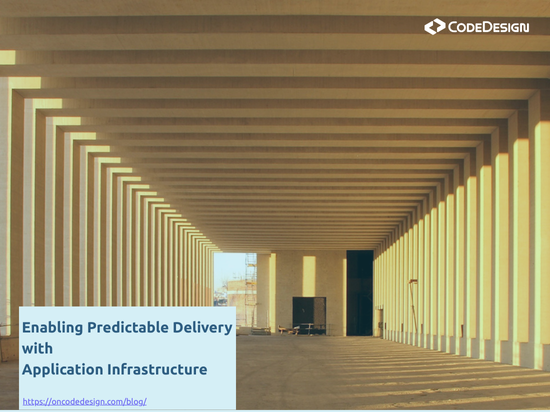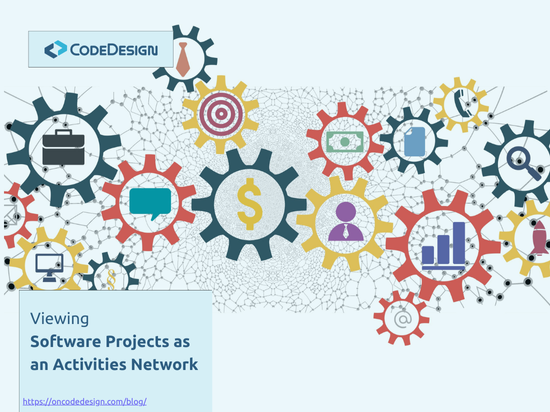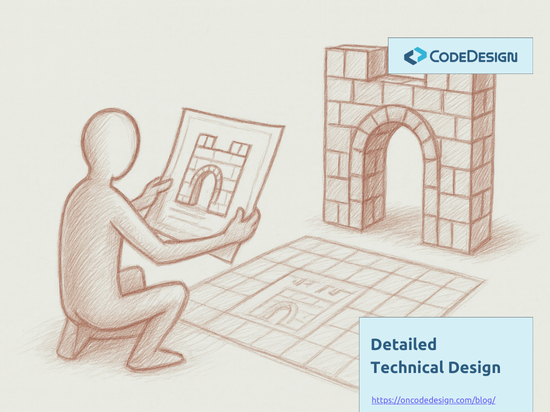Enabling Predictable Delivery with Application Infrastructure
Learn how Application Infrastructure enforces architecture in code to support predictable delivery. Improve code design, reduce complexity, and boost team efficiency in long-term software projects.

When it comes to code design that holds up over time, a solid architecture isn’t enough. You also need the mechanisms in place to make sure it gets implemented correctly. That’s where Application Infrastructure plays a key role. It’s a practical and effective way to support and enforce your architectural decisions directly in the codebase.
For more than 15 years, I’ve relied on this approach while leading the design and implementation of complex systems. It’s helped me build software that remains maintainable and predictable — even as teams evolve, systems scale, and requirements shift.
What Is Application Infrastructure?
Application Infrastructure refers to a set of technical building blocks that are specific to your application. These components define and enforce the structure of your code, making it easier to follow architectural guidelines and harder to go against them.
You might wonder: isn’t that what frameworks or foundations are for? They’re close, but not quite. Application Infrastructure is more tailored. It includes structure and guidance like a framework but also provides tooling — a toolkit — that helps reduce complexity and enables developers to move faster while doing the right thing.
Why It Matters
Even the best project design can fall apart in implementation. I’ve seen good architectures fail because the code wasn’t structured to support them. Whether due to time pressure, misunderstandings, or lack of training, the result is the same: a system that doesn’t meet its goals.
In one of my earlier projects, we followed a 4-tier architecture. The structure was sound, but developers started bypassing the service layer and accessing the database directly from the UI. It worked, feature-wise, but broke the core non-functional requirements. When we introduced Application Infrastructure, the rules became enforced through the structure itself — and code that violated them simply couldn’t be written anymore.
This isn’t limited to traditional architectures. The same principles apply to microservices, cloud-native apps, and modern web or desktop clients. The goal is the same: predictability in how code is written, maintained, and evolved.
How It Works
The heart of Application Infrastructure lies in enforcing rules for how code is organized and interacts. For example, in a .NET environment, I usually:
- Separate technical components into an
Infrastructurelayer, which contains no business logic - Create
Contractassemblies for interfaces and DTOs only — no logic here either - Place use-case implementations under a
Modulesfolder, organized by functional boundaries
Clear reference rules govern which parts can depend on others, and these rules are verified through static analysis and CI pipelines.
To keep Dependency Injection clean and automated, we use a Type Discovery mechanism — a lightweight library that handles registration while respecting the defined structure.
Real Benefits in Real Projects
Application Infrastructure delivers concrete benefits:
- Code consistency: Patterns emerge naturally, and similar problems are solved in similar ways.
- Team Volatility: New team members learn faster because the structure is self-explanatory.
- Modular ownership: Even in a monolith, teams can take ownership of individual modules, because there are no hard dependencies at build among them
- Reduced framework coupling: Wrapping external libraries behind internal APIs aligns with Clean Architecture.
- Lower complexity: Infrastructure handles the plumbing — messaging, security, communication — and exposes clean APIs tailored to your app.
Trade-offs and Considerations
This approach isn’t without effort. You need to build a good portion of the infrastructure early. With experience, though, you learn how to deliver just enough to support early features and evolve it along the way.
From a team perspective, you can either rotate developers into infrastructure work or dedicate a small team — especially when senior devs are limited. Either way, the return on investment is high.
Why It Matters for Learning and Training
If you’re doing software training, mentoring, or investing in team learning, Application Infrastructure becomes even more valuable. It reinforces the lessons you teach about design patterns, separation of concerns, and maintainable architecture — directly in the day-to-day coding process.
It’s one of the most effective ways I’ve found to bridge the gap between theory and practice in software development.
If you're looking for more predictability in your software delivery, or if you're teaching teams how to build systems that last, start with your Application Infrastructure. It’s one of the best tools we have for making design real — and keeping it that way.
Drawing from our extensive project experience, we develop training programs that enhance predictability and reduce the cost of change in software projects.
We focus on building the habits that make developers adopt the industry best practices resulting in a flexible code design.







